Internal Airflow of Atrium CFD Simulation, ANSYS Fluent Training
$60.00 Student Discount
- The problem numerically simulates the Internal Airflow of the Atrium using ANSYS Fluent software.
- We design the 3-D model by the Design Modeler software.
- We Mesh the model by ANSYS Meshing software, and the element number equals 2496105.
- This project is a sample of Passive Ventilation systems.
To Order Your Project or benefit from a CFD consultation, contact our experts via email ([email protected]), online support tab, or WhatsApp at +44 7443 197273.
There are some Free Products to check our service quality.
If you want the training video in another language instead of English, ask it via [email protected] after you buy the product.
Description
Description
This problem simulates the Internal Airflow inside an Atrium located in a complex by ANSYS Fluent software. We perform this CFD project and investigate it by CFD analysis.
The history of the atrium originates from the architecture of ancient Roman houses. Its modern models in recent centuries are multi-story. They have a glass roof and a set of windows that are usually located immediately after the main entrances of the buildings.
This part of the building is used to provide the necessary light for the interior of the building as well as building ventilation.
In the present case, the cylindrical area called the atrium in the central part of a complex is considered; So that the airflow at the velocity of 2 m/s and the pressure of 101325 Pa enters the complex from the lower entrance and exits the interior space of the atrium from the upper entrance.
Internal Flow Methodology
The present model is drawn in three dimensions using the Design Modeler software. The current model consists of a building area of a large complex with a cylindrical space called the atrium inside the complex.
The meshing of this model has been done using ANSYS Meshing software. The mesh type is unstructured, and the element number is 2496105. The cells adjacent to the internal boundaries are smaller and more accurate.
Internal Flow Conclusion
This project aims to investigate the behavior of airflow inside the atrium and study the pressure and velocity distribution of the internal flow inside the atrium.
After the solution process is complete, two-dimensional and three-dimensional contours related to pressure, velocity, pathlines, and velocity vectors are obtained. So the zones with the optimum pressure and velocity comfort can be obtained easily.
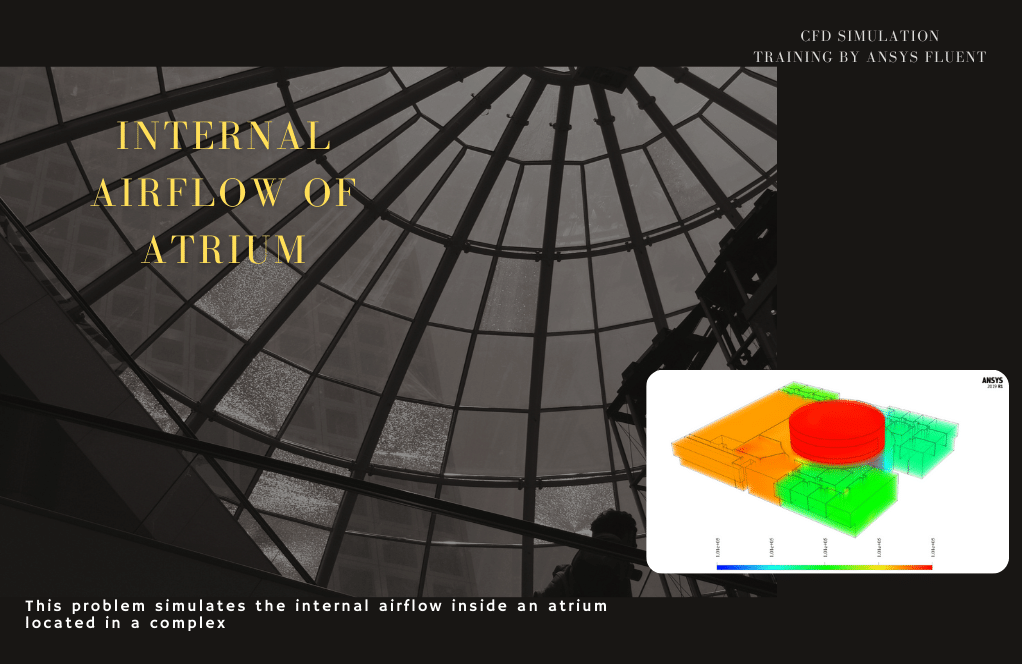




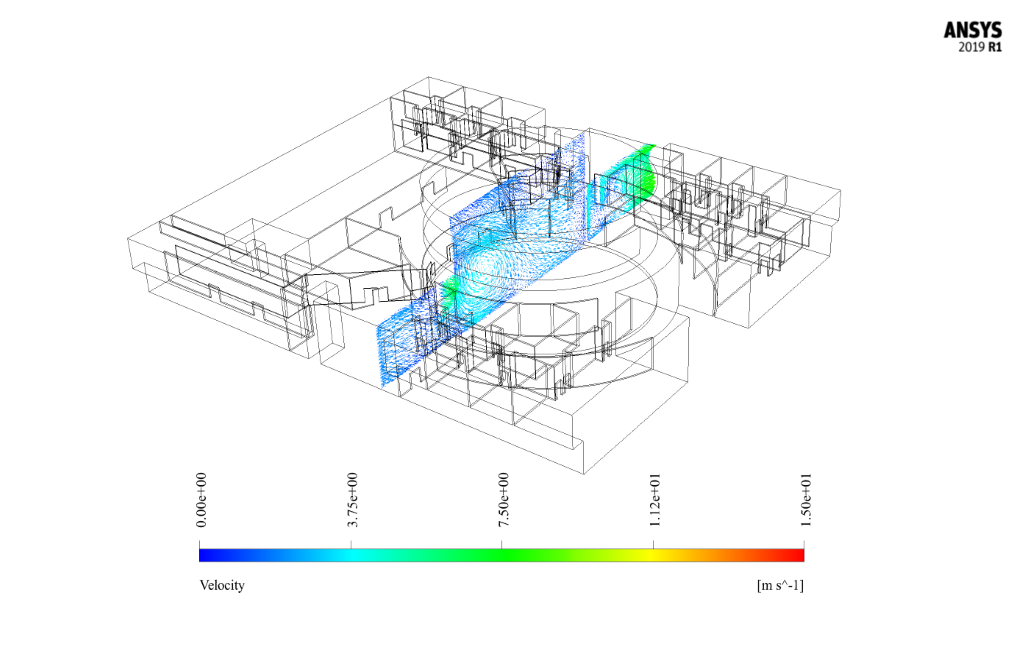

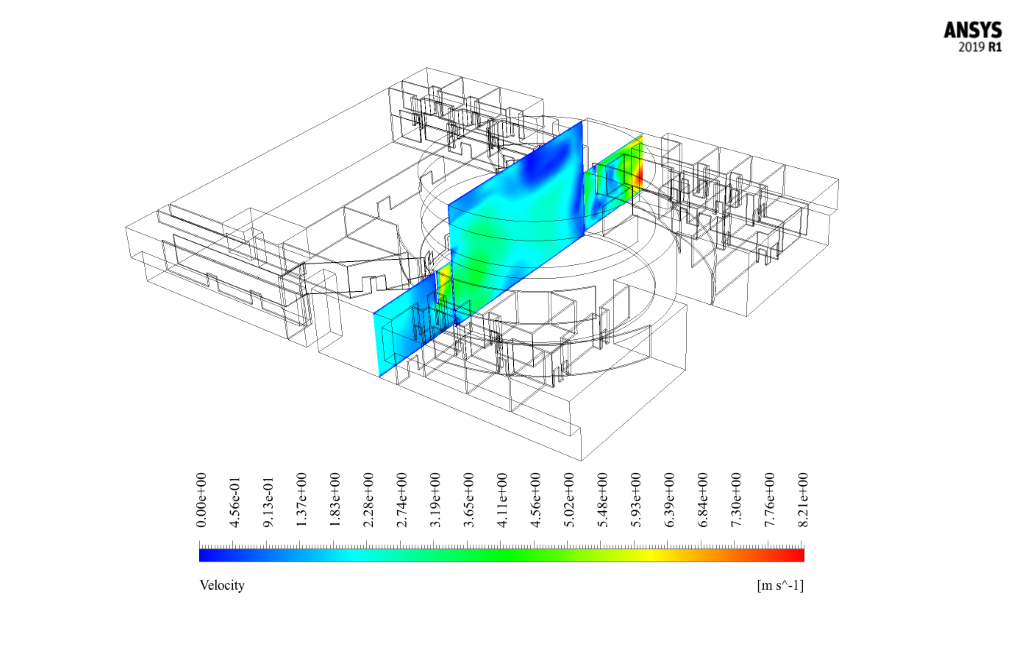
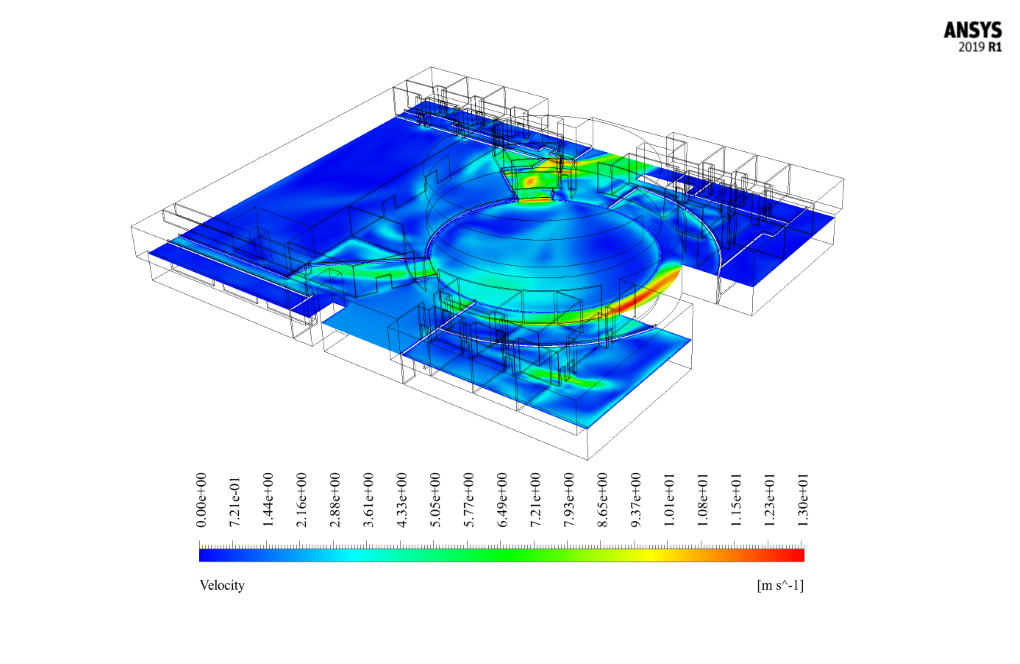
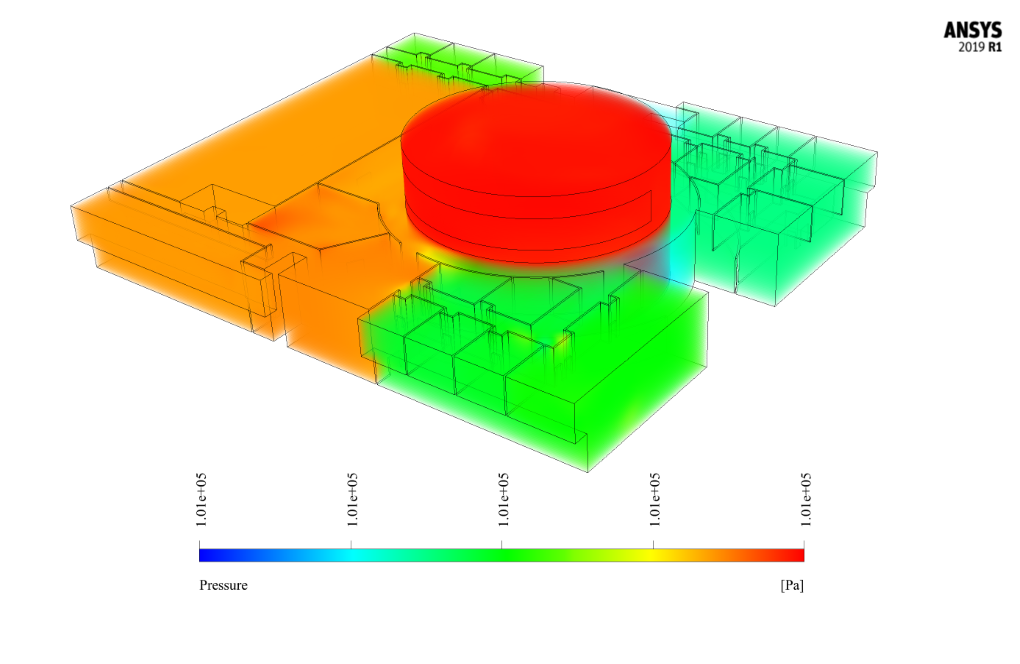


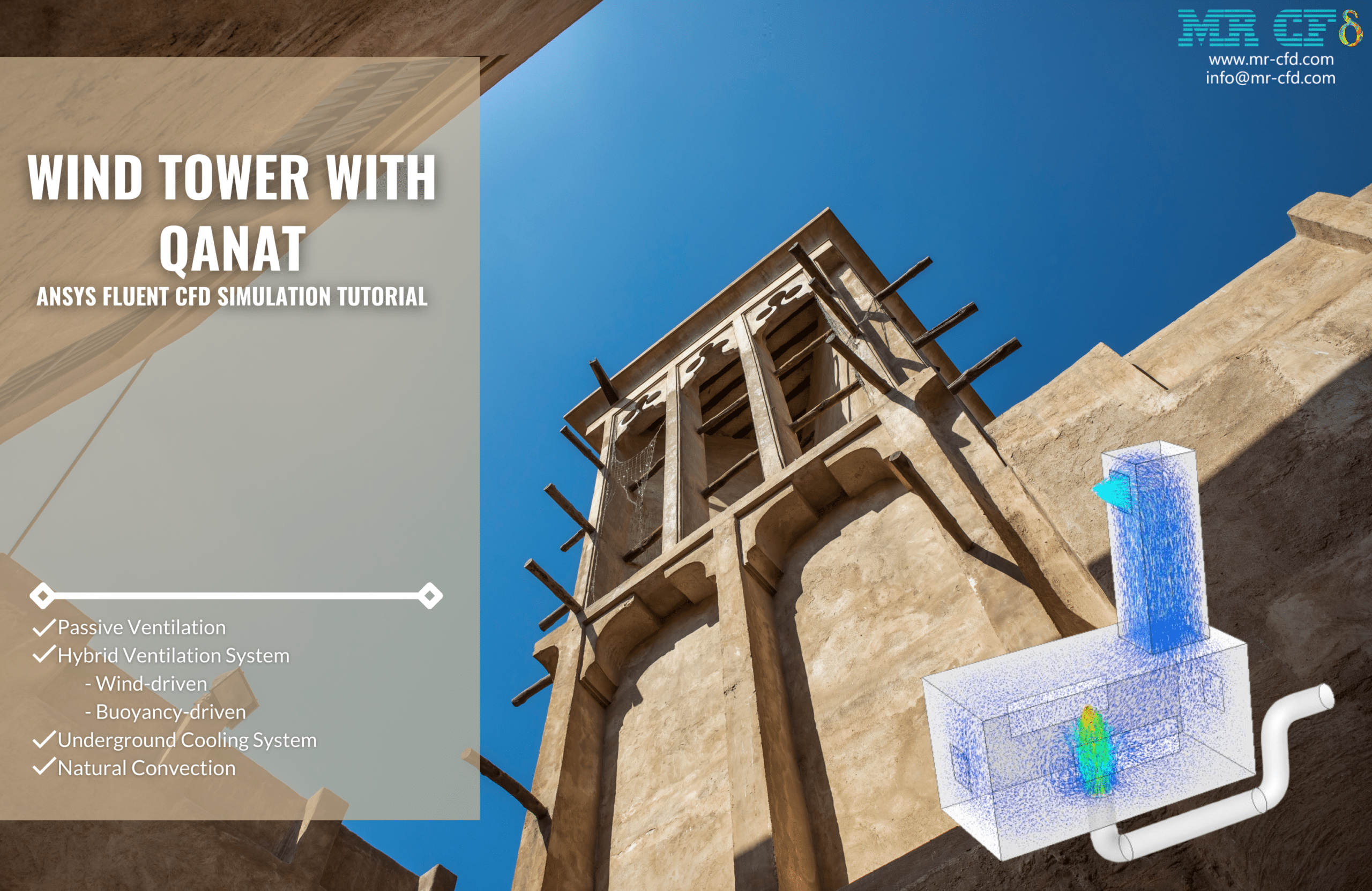
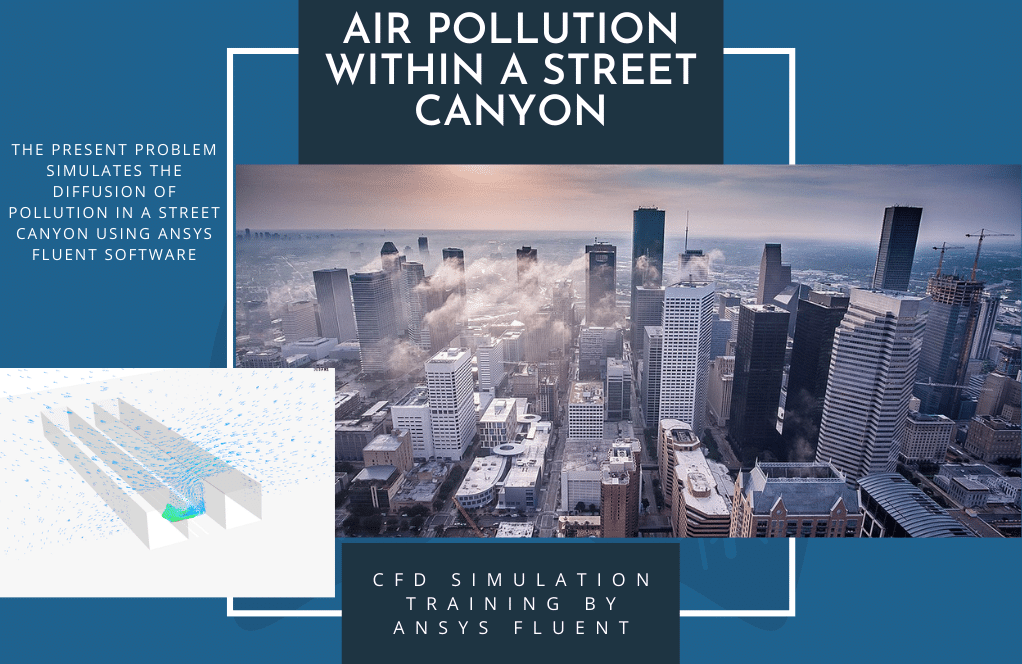
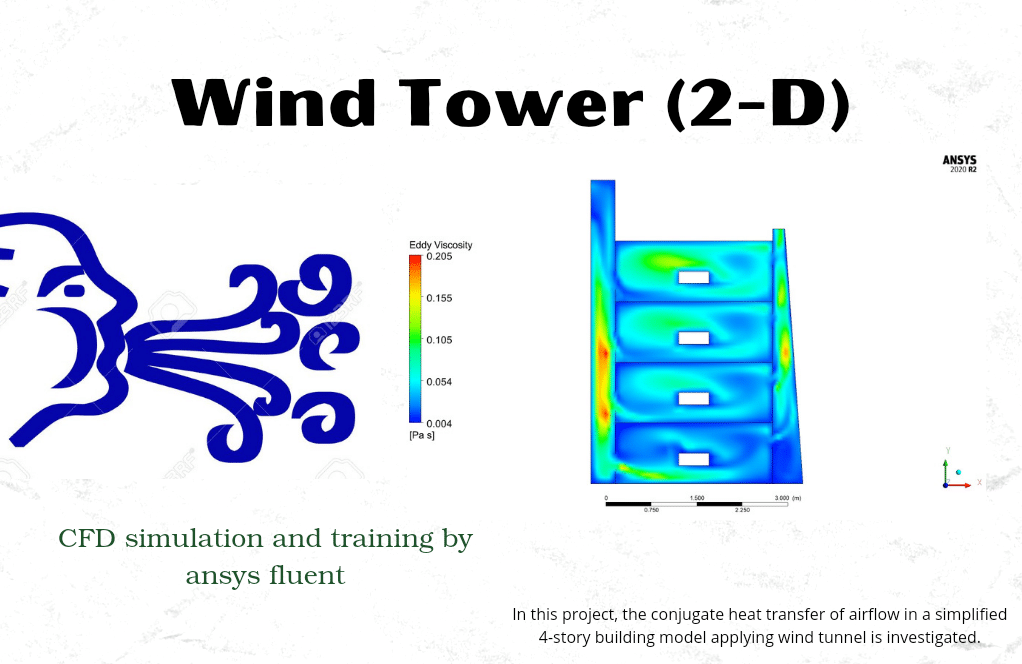
Dr. Clifton Casper Jr. –
Can the simulation be used to evaluate the impact of internal airflow on thermal comfort?
MR CFD Support –
Sure, by accurately simulating internal airflow, the simulation can help evaluate the impact of airflow on thermal comfort. This includes factors like air temperature, humidity, and air speed.
Kyleigh Witting –
I was thrilled with the Internal Airflow of Atrium CFD Simulation tutorial. The step-by-step methodology is really precise and informative, making it easy to understand even for a relative novice like me. The combination of visuals and written explanations helped me grasp the concept of airflow within architecturally complex structures. Truly enriching material!
MR CFD Support –
Thank you for your kind words about our Internal Airflow of Atrium CFD Simulation tutorial. We are thrilled to hear that it has been so helpful and clear in teaching you the concepts related to airflow and ventilation in complex structures. We’re committed to providing high-quality learning materials that are both informative and accessible. Your feedback is greatly appreciated!
Caden Gerhold Sr. –
How does the simulation handle the impact of window openings on internal airflow?
MR CFD Support –
The simulation takes into account the impact of window openings on internal airflow. This includes factors like the size and location of the openings, which can significantly impact airflow patterns.
Mr. Alexys McDermott Sr. –
The training on Internal Airflow of Atrium with ANSYS Fluent was insightful and clearly outlined the critical aspects for simulating airflow in complex architectural structures. I was specifically impressed by the elaboration on how the glass roof and windows aid in natural ventilation. The level of detail in the project, including how varying pressures and velocities influence the internal environment, showcases the realistic modeling power of ANSYS Fluent and the proficiency of MR CFD in illustrating complex phenomena.
MR CFD Support –
Thank you for your kind words! We are glad that you found our training enlightening and applicable to complex architectural structures. Your appreciation for the depth and clarity of the project is very encouraging to our team. If you ever need further insights or assistance in your CFD learning journey, MR CFD is always here to help.
Henry Schaefer –
How does the simulation handle the impact of building insulation on internal airflow?
MR CFD Support –
The simulation takes into account the impact of building insulation on internal airflow. This includes factors like the thermal properties of the insulation, which can impact heat transfer and, therefore, airflow patterns.
Dr. Antonina Lemke DVM –
How detailed are the airflow analysis results? Can they help determine the effectiveness of the ventilation system in different areas of the atrium?
MR CFD Support –
The airflow analysis results from this simulation are quite detailed. They include two-dimensional and three-dimensional contours related to pressure, velocity, pathlines, and velocity vectors, which can be used to assess the effectiveness of the ventilation system in different areas of the atrium. The results allow for an evaluation of pressure and velocity distribution, helping to determine zones of optimum comfort within the atrium space.
Neoma Pollich –
The Internal Airflow of Atrium CFD simulation package offered by the MR CFD company was extremely insightful. I was impressed with the comprehensive introduction to atrium architecture and its importance in modern building design for lighting and ventilation purposes. The use of ANSYS Fluent to analyze the airflow, pressure, and velocity distribution within the atrium was very well presented. Using the provided 2D and 3D contours to understand the problem was very helpful, and it allowed me to identify areas of optimum comfort in terms of pressure and velocity swiftly. Great work!
MR CFD Support –
Thank you for the positive feedback! We are thrilled to hear that our simulation package exceeded your expectations and aided your understanding of atrium airflow dynamics. It’s gratifying to know that the 2D and 3D contour visualizations were particularly useful for you. We appreciate your comments and look forward to serving you more excellent learning experiences. If you have further inquiries or need more assistance, don’t hesitate to reach out.
Roslyn Dickens –
How does the simulation handle the impact of external weather conditions on internal airflow?
MR CFD Support –
The simulation considers the impact of external weather conditions on internal airflow. This includes factors like wind speed, wind direction, and temperature.
Quinton Balistreri I –
The ANSYS Fluent atrium simulation training has been fantastic for understanding indoor airflow management. The detailed methodological explanations and visual results gave good insights into effective atrium design for ventilation.
MR CFD Support –
Thank you for your positive feedback on our training for simulating internal airflow of an atrium with ANSYS Fluent. It’s great to hear that the explanations and visual outcomes have enhanced your understanding of ventilation in atrium design. We appreciate your review and are glad that the product met your expectations!
Sally Barrows –
How does the simulation handle the impact of internal heat sources on airflow?
MR CFD Support –
The simulation takes into account the impact of internal heat sources on airflow. This includes factors like heat generated by people and equipment, which can significantly impact airflow patterns.
Dr. Neha Smitham DDS –
This atrium simulation looks highly insightful for understanding building airflow. I found the detailed methodology quite exciting. Thanks for a superb product!
MR CFD Support –
Thank you for your kind words! We’re thrilled to hear that the Internal Airflow of Atrium CFD Simulation has met your expectations and provided you with the insight you were looking for. It’s great to know our detailed methodology added value to your understanding of building airflow. We appreciate you choosing MR CFD Company and look forward to assisting you with any further learning products you might need.